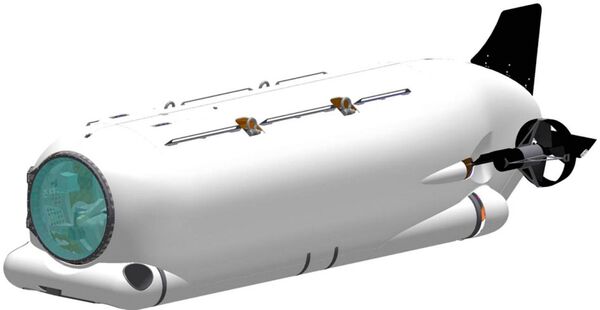
The new class of Dry Combat Submersible has reached initial operational capability. (Lockheed Martin)
A new class of Dry Combat Submersible (DCS) used by US Special Operations Command (USSOCOM) and developed by Lockheed Martin reached initial operational capability (IOC) in June, the company confirmed on 24 July.
Lockheed Martin has been contracted to build three DCS undersea mobility vehicles, of which two hulls – DCS 1 and DCS 2 – have been delivered to date.
Intended to enable the safe, clandestine delivery of special operations forces (SOF) at extended ranges in a completely dry environment, the DCS is a surface-launched, diver lock-in/lock-out vessel capable of inserting and extracting SOF and their payloads into denied areas.
Compared with a flooded or ‘wet' Swimmer Delivery Vehicle that exposes passengers to the elements and requires them to use a wetsuit and life support gear, a ‘dry' vehicle offers improved comfort for the SOF operatives in order that they arrive ‘fit to fight'.
In July 2016 a Lockheed Martin-led industry team was awarded a USD166 million contract by USSOCOM to design, develop, and build a new-generation commercially classed DCS. The company delivered the programme in partnership with Submergence Group and its UK-based engineering and manufacturing subsidiary MSubs.
USSOCOM's decision to acquire a new class of commercially classed DCS followed the cancellation of the Advanced SEAL Delivery System (ASDS) in 2009. The ASDS was axed after the single craft built was damaged beyond economic repair as the result of a November 2008 battery fire. Reliability and performance issues had plagued the programme, and by the time the first article was written off, more than USD670 million had been expended on the project.
Looking to read the full article?
Gain unlimited access to Janes news and more...







